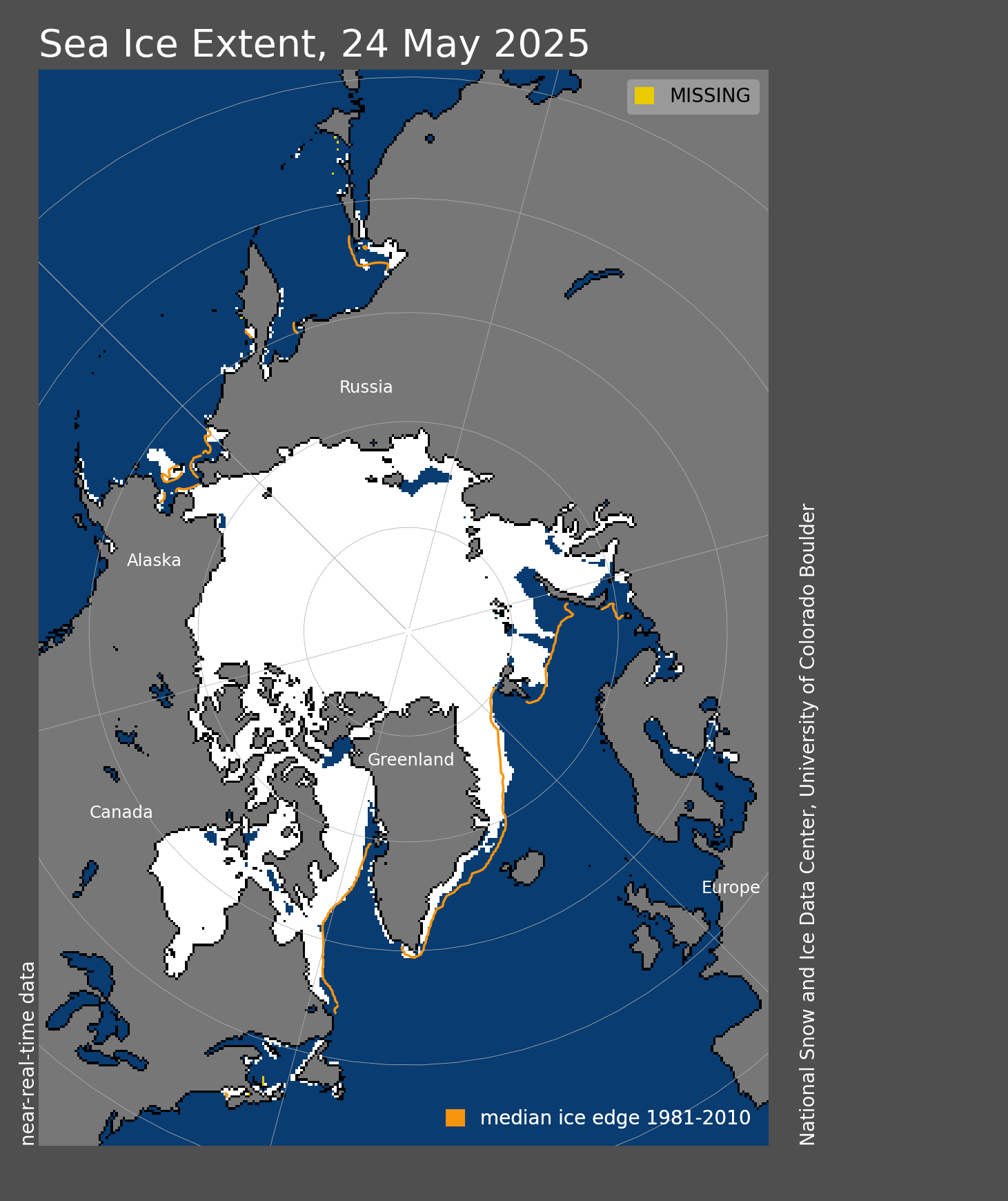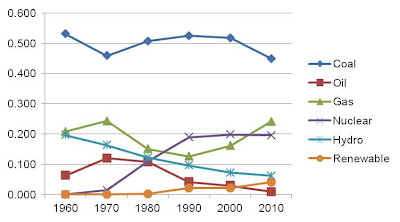 One of the key elements of responding to a changing
climate is establishing new partnerships that may not have previously been thought
of, and leveraging resources that are available but not used to the fullest
capacity. My fellow book authors Jeremey Alcorn and Rachael Jonassen believe
there are opportunities for NOAA and the national security community to work
together on this common challenge, and have documented these in
a new paper.
One of the key elements of responding to a changing
climate is establishing new partnerships that may not have previously been thought
of, and leveraging resources that are available but not used to the fullest
capacity. My fellow book authors Jeremey Alcorn and Rachael Jonassen believe
there are opportunities for NOAA and the national security community to work
together on this common challenge, and have documented these in
a new paper.
In Jeremey and Rachael’s report, Climate: Opportunities for Improving Engagement Between
NOAA and the US National Security Community, which was independently funded
by the LMI Research Institute, they identify six key areas where the special
work of NOAA can play a big role in meeting the challenges that climate change
presents to our national security.
Below I’m posting the reports’ executive summary for your
perusal; the
full report can be found here.
Executive SummarySix themes emerge from a workshop that discussed potential new climate products and services from the National Oceanic and Atmospheric Administration (NOAA) that could serve needs in the national security community. These themes are the following:1. Prepare and respond to climate variability and adapt to climate change.2. Develop climate change predictions endorsed by the federal government.3. Support national security with NOAA climate products.4. Move from data access to data application.5. Sustain cooperation.6. Consider emerging product areas.The first theme addresses published statements that imply adaptation to climate variability will help to adapt to climate change. This is not always true. A counterexample is coastal adaptation now in an area that a rising sea level will inundate soon. Greater clarity can help ensure appropriate allocation of adaptation resources. This issue is important to the national defense community both because of its large investment in infrastructure and possible compromise of continuity of operations.The second theme responds to the lack of any official federal statement of what projected climate changes agencies are obliged to consider in adaptation plans. Such plans are required by laws and regulations that do not stipulate which potential changes to consider. This disconnect could compromise national security planning.NOAA produces an official forecast of climate for the United States that extends to 1 year in the future. Forecasts are available from NOAA international desks for areas outside the United States. Theme 3 proposes a dialogue on greater use of NOAA products outside the United States.New software, new media, and new hardware offer opportunities for NOAA to develop better ways to access data that would nurture greater use. Users also need tools (“apps”) for deeper and more efficient analysis of existing data. Theme 4 shows how NOAA could partner with the national security community to address both of these opportunities.Effective use of the climate products and services NOAA now provides can be enhanced through a program that facilitates more productive interaction with the national security community. Such interaction can identify, develop, and apply useful products and services. Theme 5 lays the groundwork for effective partnership dealing with the long-term challenges that climate change poses to US national security.Theme 6 describes several opportunities for early focus. Two are ripe for early action. First, NOAA could use the existing official long-term forecast to develop predictions of active layer thickness in permafrost within Alaska. This information can help protect energy supplies and improve planning for military mobility in Arctic regions. Second, NOAA could work in cooperation with the Naval Oceanographic Office to calculate estimates of tidal range with higher sea level. Such information informs the vulnerability of coastal military installations.These six opportunities could allow NOAA to better serve the needs of the country and NOAA’s mission to “understand and predict changes in climate.” Together, they could help the national security community respond to challenges from climate variability and climate change.












